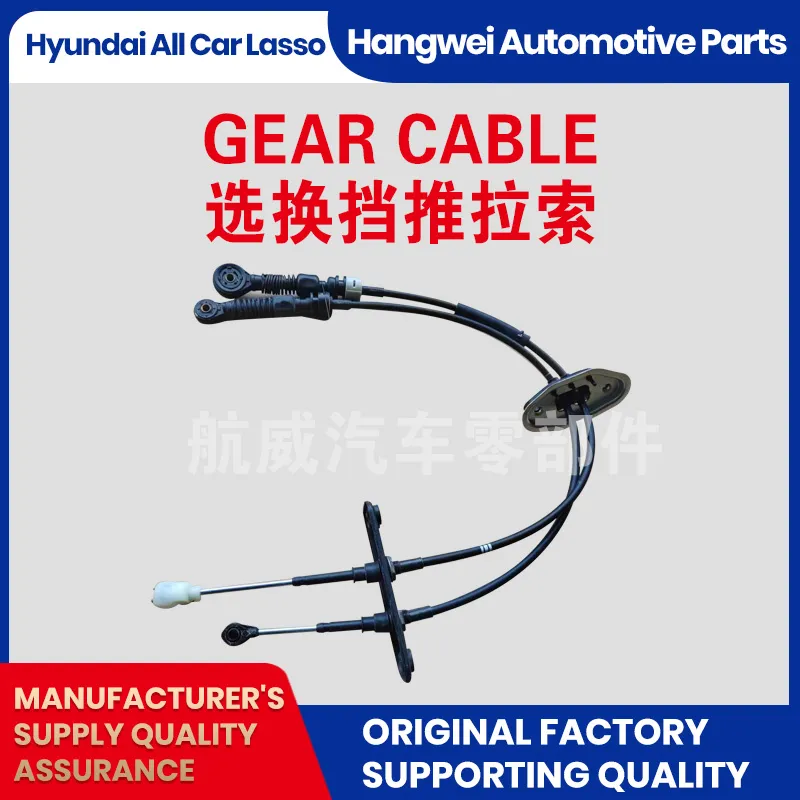accelerator linkage
Understanding Accelerator Linkage A Comprehensive Overview
In the realm of mechanical engineering and automotive design, the concept of accelerator linkage plays a critical role in optimizing vehicle performance and ensuring a smooth driving experience. This intricate system of components, often overshadowed by more prominent parts of an automobile's system, is essential in translating the driver's intentions into the mechanical responses of the vehicle, particularly with respect to speed and throttle control.
What is Accelerator Linkage?
Accelerator linkage refers to the system of rods, levers, and cables that connects the accelerator pedal to the throttle body of an engine. When a driver presses the accelerator pedal, this linkage mechanism engages, allowing for the precise control of the engine’s air-fuel mixture and, consequently, its power output. The effectiveness of this linkage is crucial because it directly impacts how quickly and smoothly a vehicle accelerates.
Types of Accelerator Linkage
There are various types of accelerator linkage systems, each designed for specific vehicle architectures and performance requirements. The most common types include
1. Mechanical Linkage This traditional form of linkage uses physical rods and levers to connect the pedal to the throttle body. It is straightforward and provides a direct response to the driver’s input. Mechanical linkages are often appreciated for their simplicity and reliability but can wear out over time, affecting performance.
2. Electronic Throttle Control (ETC) Also known as drive-by-wire, this modern approach replaces mechanical linkages with electronic sensors and actuators. The accelerator pedal sends electronic signals to the engine control unit (ECU), which then adjusts the throttle position accordingly. This system improves responsiveness and allows for sophisticated features such as cruise control and traction management.
3. Hybrid Systems Some vehicles employ a combination of mechanical and electronic systems, benefiting from the reliability of mechanical linkages while taking advantage of the precision offered by electronic controls.
accelerator linkage

Importance of Proper Alignment and Calibration
One of the key factors in the performance of accelerator linkage systems is proper alignment and calibration. Any misalignment can lead to issues such as lag in throttle response or excessive wear on components. Regular maintenance checks are essential to ensure that the linkage operates seamlessly. In high-performance vehicles, fine-tuning the accelerator linkage can significantly enhance drivability and responsiveness, making it a focal point for tuning and modifications.
Challenges and Solutions
Despite their importance, accelerator linkage systems can face several challenges. For mechanical systems, wear and tear can lead to slack in the linkage, resulting in imprecise throttle control. Additionally, dirt and debris can affect the movement of the components. Regular cleaning and lubrication are vital preventive measures.
On the other hand, electronic systems can experience issues related to software glitches or sensor malfunctions. If an electronic throttle control system fails, it can lead to erratic vehicle behavior, posing safety risks. Diagnosing these issues often requires specialized diagnostic equipment, emphasizing the need for professional oversight during repairs.
Future of Accelerator Linkage Systems
As automotive technology continues to evolve, the future of accelerator linkage systems is likely to lean more towards electronic solutions. With advancements in artificial intelligence and machine learning, we may see even more intelligent and adaptive systems that refine the driving experience further.
Conclusion
In conclusion, while accelerator linkage may not be the most glamorous aspect of vehicle design, it plays an indispensable role in connecting the driver’s actions with the vehicle's performance. Understanding the various types of linkage systems, their maintenance needs, and the challenges they face can help drivers appreciate the complexity behind their vehicles' acceleration capabilities. As technology progresses, the development of more sophisticated systems promises to enhance performance, making our driving experiences both more enjoyable and safer. Whether from a mechanical or electronic perspective, the evolution of accelerator linkage remains a fascinating area within automotive engineering.
-
Upgrade Your Control with Premium Throttle CablesNewsAug.08,2025
-
Stay in Control with Premium Hand Brake CablesNewsAug.08,2025
-
Experience Unmatched Performance with Our Clutch HosesNewsAug.08,2025
-
Ensure Safety and Reliability with Premium Handbrake CablesNewsAug.08,2025
-
Enhance Your Vehicle with High-Performance Clutch LinesNewsAug.08,2025
-
Elevate Your Ride with Premium Gear CablesNewsAug.08,2025
